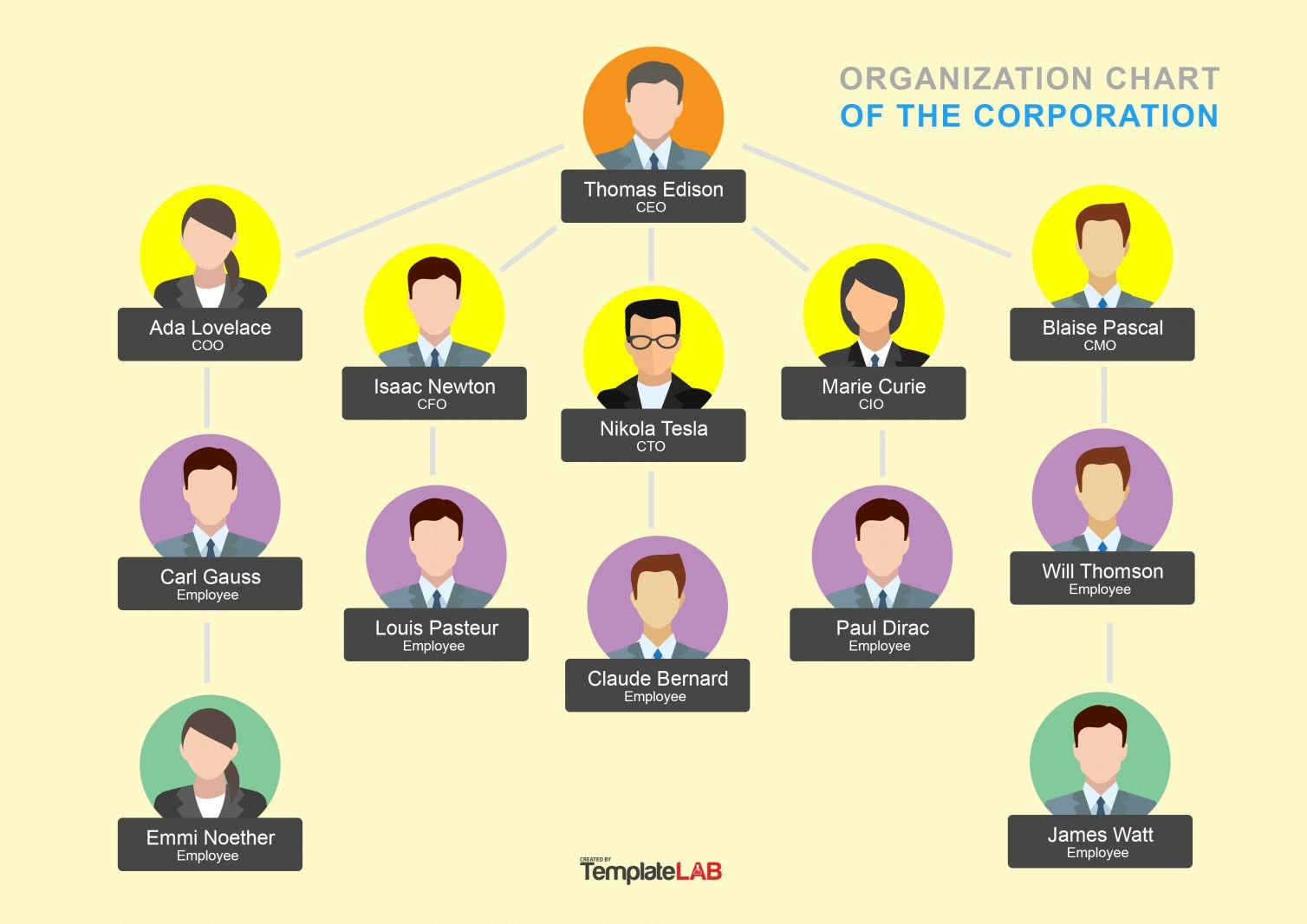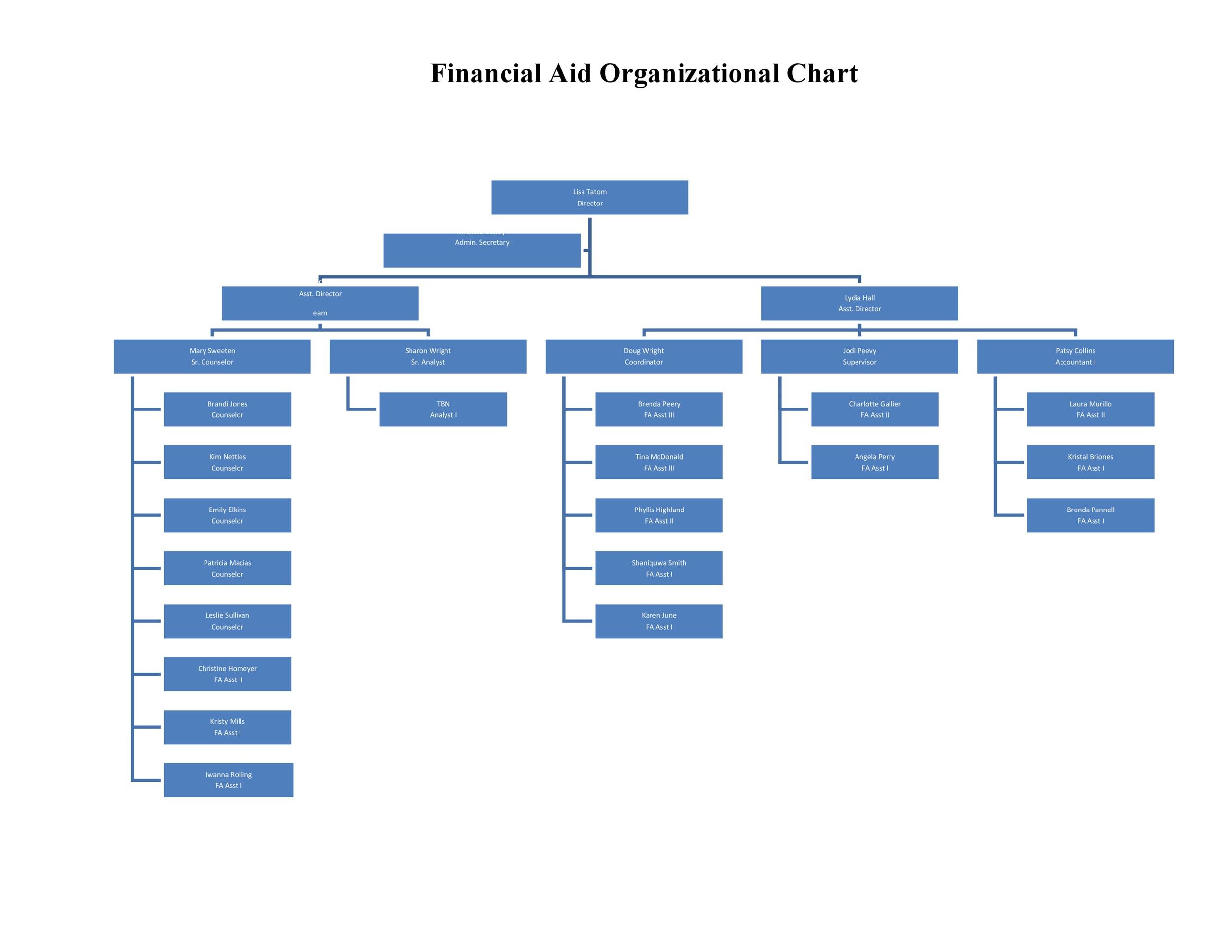

Check-in data: notes, statuses when applicable, and values when applicable.

Metric data that can be edited on child scorecards:
#Create online hierarchy chart manual#
Hierarchies support manual metrics (metrics not connected to data) as well – manual metrics will show up on child scorecards but will show manual values as blank. Save your hierarchy and watch as all the connected values and owners dynamically change. Owner mappings will apply per hierarchy level, not per metric. Owners are mapped per hierarchy, so for an owner mapping to work correctly, there needs to be a relationship between the owner field and the hierarchy data in the underlying datasets. You can map owners in the ‘assign owners’ section so the owner column dynamically changes with each slice of the data. There is also an option in the upper right to view related metrics, showing an overview of the metrics on your scorecard, which values are connected to data, and which dataset they come from. If there are fields you don’t want to bring into the mapping, you can deselect them using the checkboxes in the fields list.Īs you map your datasets to the corresponding data in each hierarchy level, you’ll see a preview on the right-hand pane to double check you’re on the right track. Map the data in your underlying datasets to your hierarchy levels. In the setup experience you will see all the datasets that are connected to metrics in the scorecard. You can build multiple hierarchies to see cross sections between slices of data, for example if there is a geography and product hierarchy, you can use the slicer to view a scorecard showing your metrics by “laptops in Germany” or “smart devices in Seattle, WA.” Start setting up your hierarchy by giving it a name, building the levels, and mapping them to connected datasets in your scorecard. You can also select Manage hierarchies from the All slicer. In scorecard edit mode, select Set up a hierarchy from the New menu.

You need Build access to the datasets connected in your scorecard.Your scorecard needs at least one connected metric.You need Edit permission to the scorecard.Hierarchies require a Premium or Premium Per User workspace.Here are the requirements for setting up a hierarchical scorecard: In this image, the filter is open exposing the hierarchy slicer and filters applied on the scorecard. This scorecard is set up with a hierarchy, and the filter is open exposing the hierarchy slicer. In the following images, you see the different levels of a project hierarchy in the slicer, and as you navigate to each level or sublevel of the hierarchy, your metric values, statuses, owners, and progress will change along with it. Users can easily drill into the hierarchy to see progress, statuses and do check-ins at different levels. Power BI will cascade connected metric values to each level of the hierarchy. That’s potentially thousands of automated scorecard views with just a few clicks. You can set up a hierarchy for a scorecard and map the Power BI datasets referenced by your metrics to the hierarchy levels and owner fields, automatically creating a new scorecard view for each slice of your data. Metrics support cascading scorecards that roll up along hierarchies you set up in your scorecard.


 0 kommentar(er)
0 kommentar(er)
